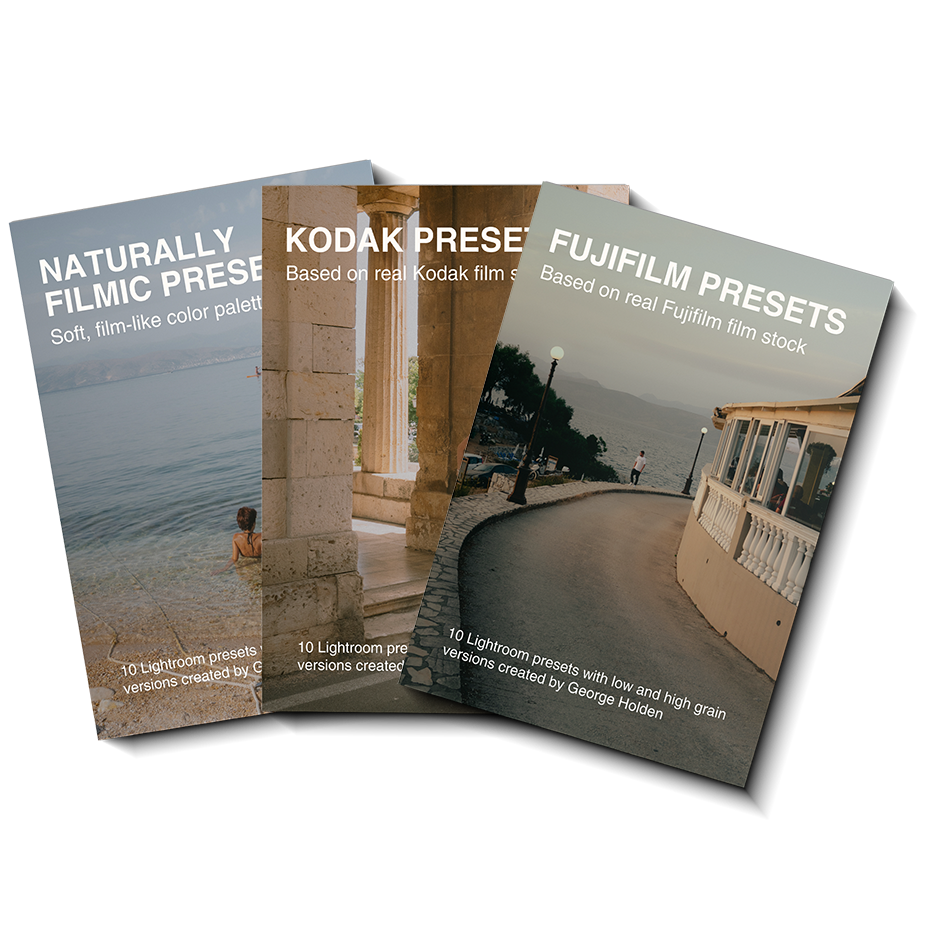Why You Need an Everyday Camera Like This
Ever since I started photography, I've carried a camera with me constantly, switching between 35mm film and digital cameras. You might wonder why I opt for a dedicated camera when smartphones offer impressive capabilities nowadays. For me, it’s about the tactile experience—adjusting shutter speed, aperture, and ISO with physical controls rather than tapping on a screen.
The Canon G9, our focus for today, features a 12.1-megapixel 1 over 1.7-inch sensor. This setup challenges us with its limitations in creating shallow depth of field and performance in low light. However, these constraints make our exercise today even more interesting.
When shooting with direct sunlight, positioning is crucial. Direct light can make subjects appear flat and overly saturated. I prefer adjusting the camera and subject angle to achieve side lighting, which enhances depth and helps define the subject against the background.
We also explore using environmental elements to add contrast and interest. For instance, finding a reflective surface with colorful graffiti provided a vibrant backdrop that complemented the green of Joe’s jacket beautifully, framing his reflection amidst the urban art.
Challenges persist indoors, like in a Manchester café where low interior light can lead to mushy images, especially with older cameras. The solution lies in using the largest available light source—in our case, a large window. Exposing for the highlights ensures that they are captured crisply, enhancing the overall image quality.
Daylight's nature—whether overcast or direct—also dictates the shooting approach, influencing the mood and tone of the photos. Warm highlights and contrasting shadows can dramatically affect the outcome.
In everyday scenarios, adding a secondary subject or utilizing environmental elements can enrich the narrative of your photos. This approach is particularly effective in candid or street photography, where the interaction between the primary subject and their surroundings tells a deeper story.
Discussing camera resolution, I believe many photographers focus too heavily on this aspect. For everyday use and online sharing, anything above 8 megapixels suffices, which opens up possibilities for exploring various compact cameras.
Ultimately, the feel and usability of a camera's physical controls significantly impact the shooting experience, more so than brand or sensor size. For those looking into compact cameras, models like the RX100 series offer excellent features, while the Canon G1X Mark III provides a larger sensor and versatile video capabilities for content creators.
For enthusiasts interested in interchangeable lens cameras that are still compact and affordable, the Lumix GX1 with micro four-thirds mount is a fantastic choice, offering versatility without the bulk.
In conclusion, choosing the right camera involves considering not just the technical specifications but how the camera feels in your hands and complements your photography style. For more insights into compact cameras and everyday photography, stay tuned and explore further with us in upcoming videos.













